|
Carrying loads on one's head goes back to prehistory times. Before the advent of the wheel and carts, and before man learned how to domesticate animals like goats, donkeys, oxen and horses to carry their loads, he learned that balancing a load on his head was a simple, efficient method of moving large loads from one place to another. Before roads, often the easiest path from point A to point B was as straight as a person could walk... usually up and over hills and rugged terrain, when even wheels couldn't traverse. It was a fairly efficient method of moving heavy or bulky things. In fact, scientific controlled studies have proven that up to 20% of a person's weight could be carried on the head without any additional physical exertion, and up to 70% of their body weight could be carried with a moderate level of cardiovascular exertion. This means that a woman of 150 pounds could potentially handle a load weighing over 100 pounds carried on her head. In ancient Egyptian, there was the Ritual of Repentance, where (as example) a thief would repent for his sin by carrying a basin of burning coals on top of his head. Even the Book of Proverbs mentions this type of gesture even trying to have an enemy repent... "If your enemy is hungry, give him food to eat; if he is thirsty, give him water to drink. In doing this, you will heap burning coals on his head, and the Lord will reward you". Carrying loads on the head is still vary common in many developing countries of the world... and when you think of it, parts if Italy might have been still "developing" up until unification in the late 1800s. Still today, you might see someone carrying a load on their head. It might be a casual shopper in an open air market carrying home a bulk package of toilet tissue or basket of tomatoes. In harvest time you might still see people carrying loads of lemons or olives or chestnuts on their heads. Typically, when carrying a particularly heavy load, a wrapping of cloth in the shape of a donut is placed on the head first to cushion and help balance the load. As early photographers witnessed, many types of street vendors throughout Italy also carried their wares on their heads... pots and pans, produce, fish, musical instruments and even furniture. Even children learned early on how carrying things on their heads was a practical way to get the job done. They helped with chores, harvests, deliveries and before child labor laws, many worked hard hours, with under the mentorship of their parent or as an apprentice. Of course, women in Italy did more than their share of the labor, too. They carried water, firewood, bread, sacks of flour and other loads during harvest time. They even would carry their baby in a basket on top of their head when traveling back and forth from fieldwork. And when Italians emigrated to America, they weren't shy about carrying on the carrying tradition in the Little Italys that sprung up.
2 Comments
1/19/2021 04:58:30 am
i have been researching on carrying on the head for 40years. your photos are stunning . But do i need copyrigths to share them
Reply
...
3/3/2023 03:41:03 am
the photos are fantastic but they need to be more up to date
Reply
Your comment will be posted after it is approved.
Leave a Reply. |
Categories
All
Archive
June 2024
|


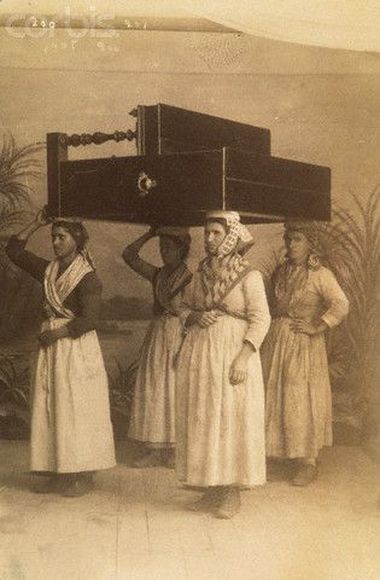
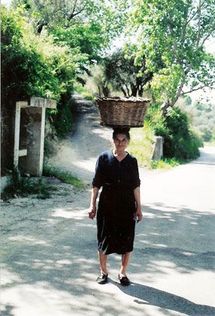

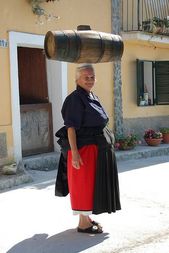

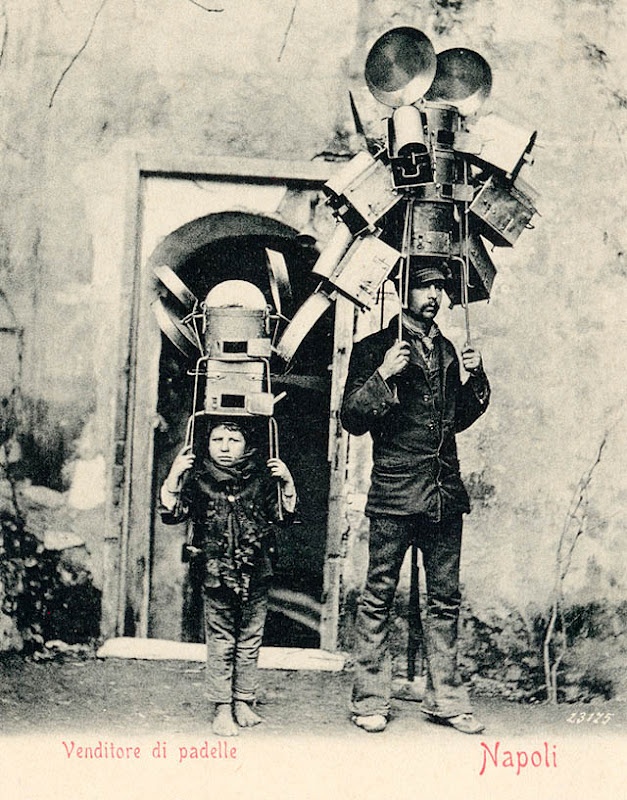
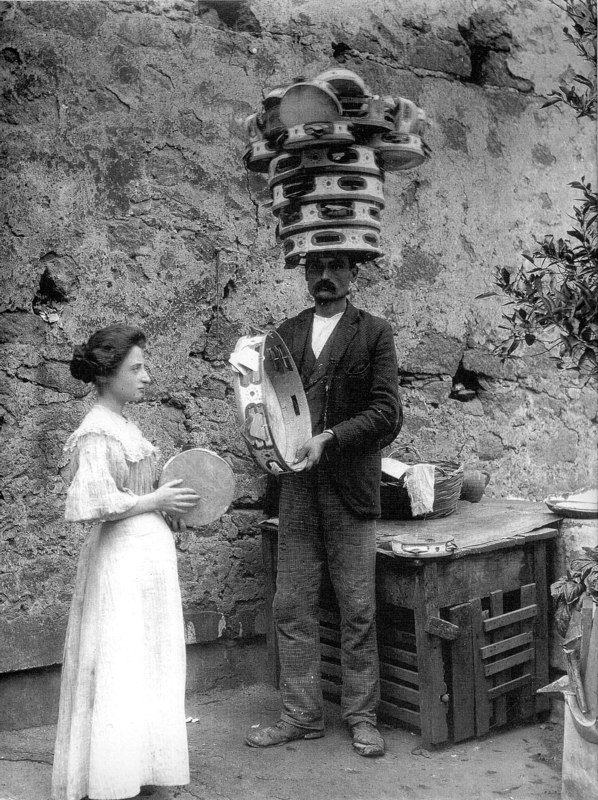

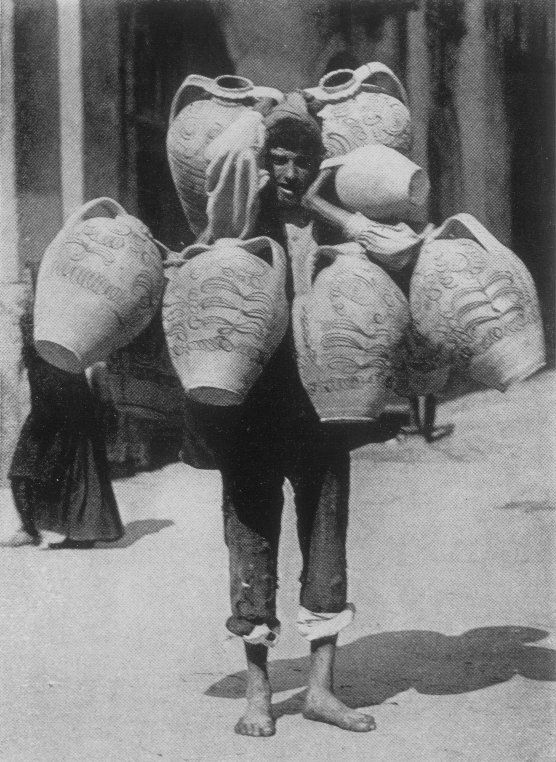
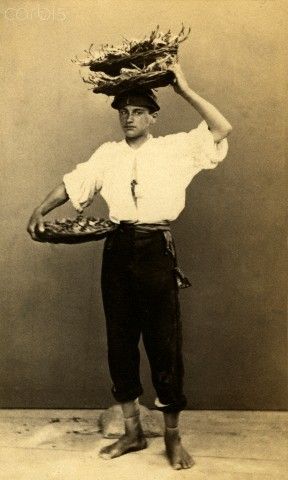
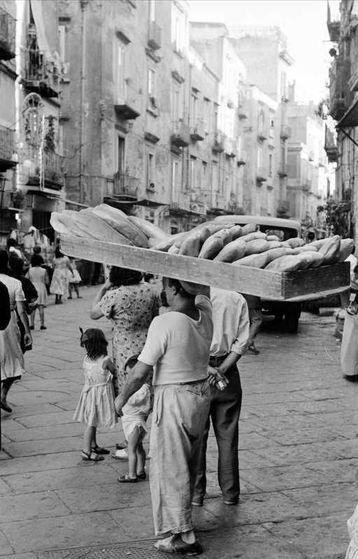
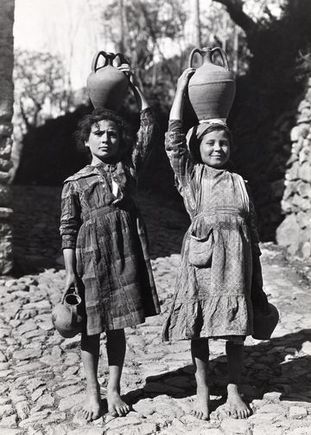
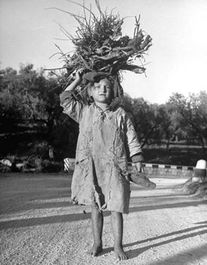
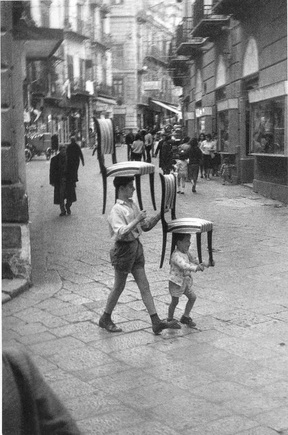
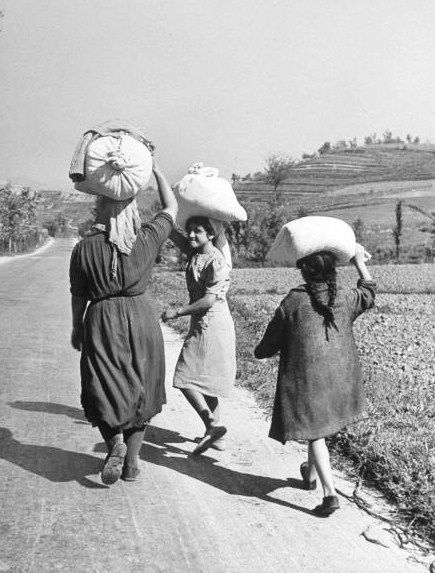
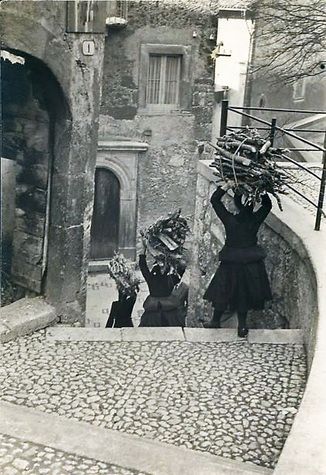

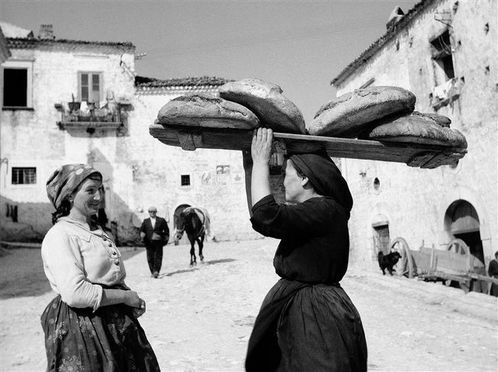
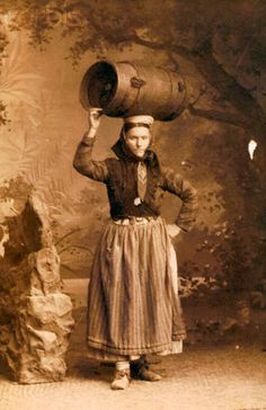
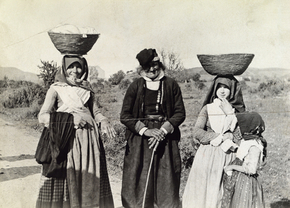
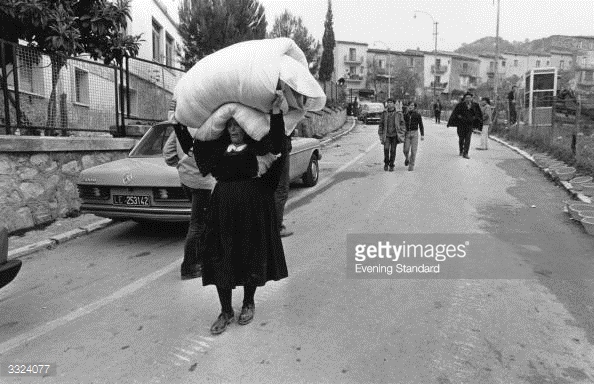
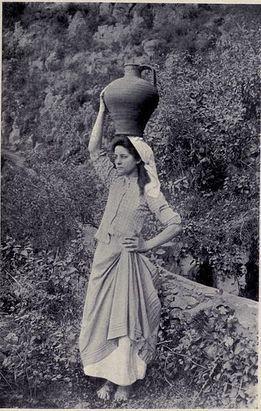
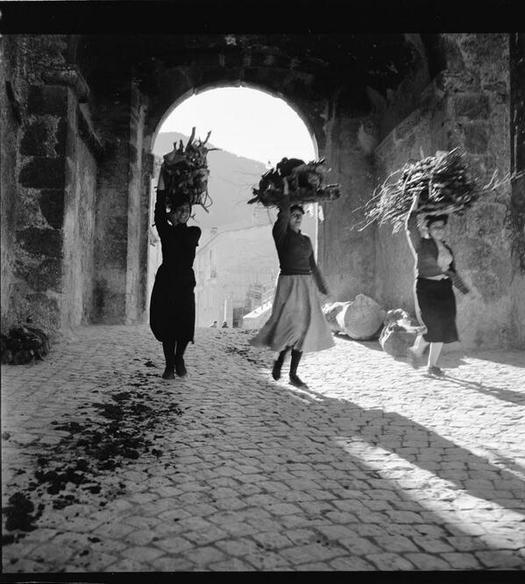
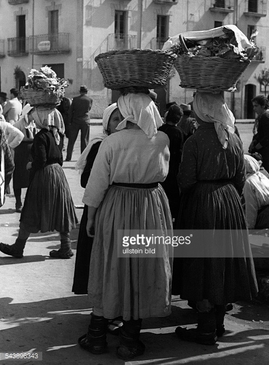
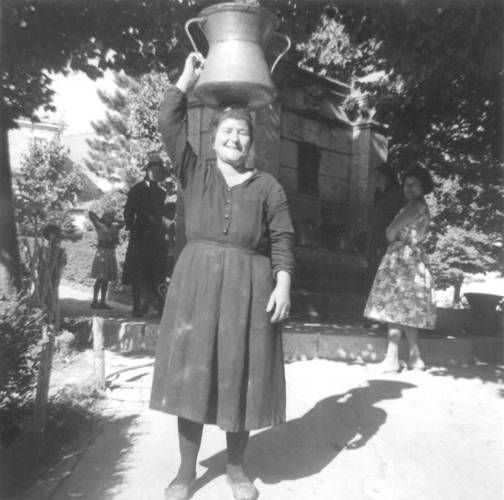
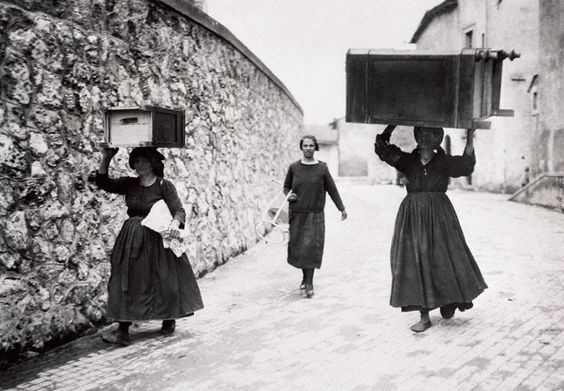
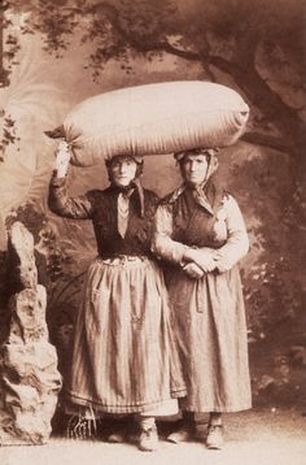
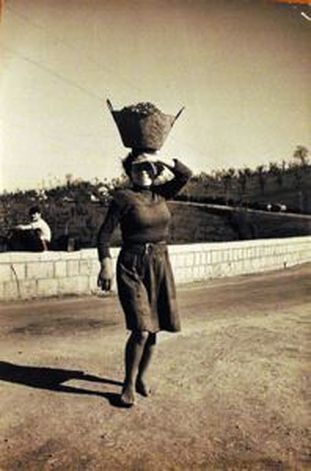


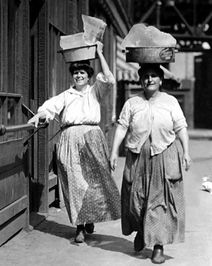
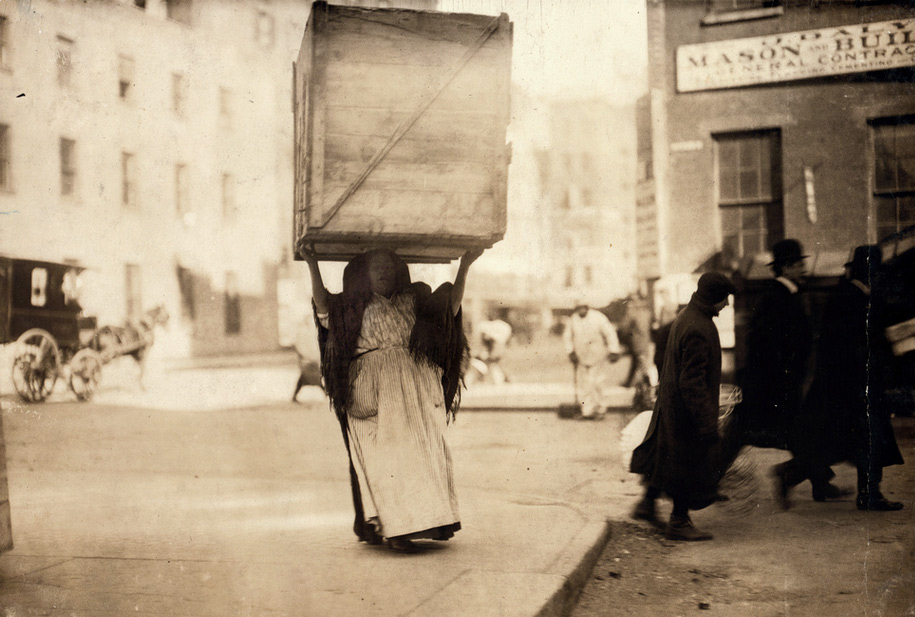
 RSS Feed
RSS Feed
